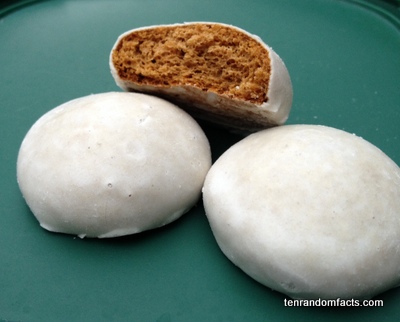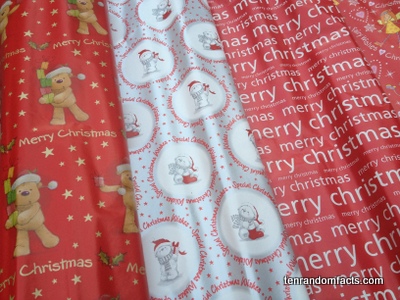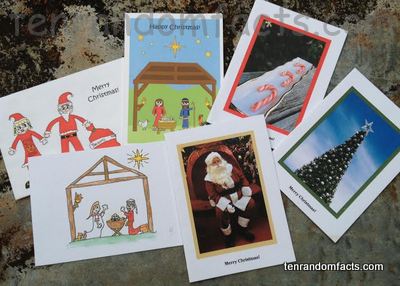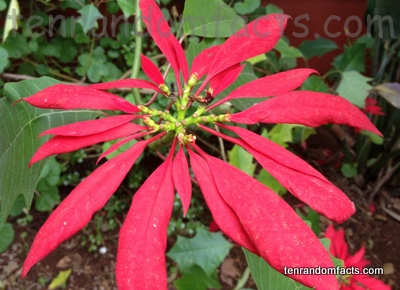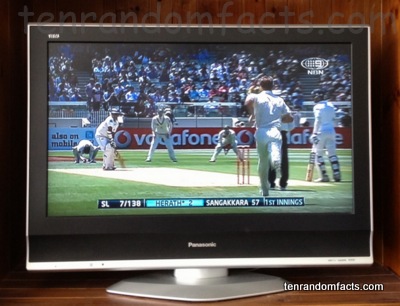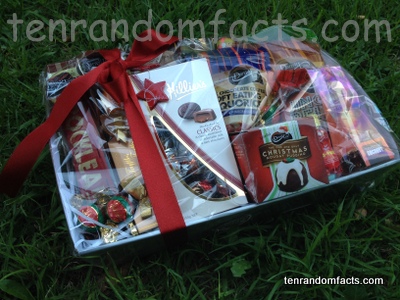
Food to last you a week: a food hamper.
- Food hampers are typically a basket, bag or box of food, but the contents are not restricted to food items, and are often given as gifts in the United Kingdom, Australia, and other western countries.
- A ‘hamper’, derived from the old French word ‘hanepier’, meaning ‘a case for goblets’, in British English, means ‘a basket for food’.
- Food hampers were traditionally a wicker basket full of items, and baskets were used because they were a lighter weight material than other options, like wood, available at the time.
- Food hampers are often given as a gift to family or friends, or by businesses to their workers, although historically they were often given to those who were poor, or under financial difficulty, and this is often still the case.
- Food hampers are usually given to the recipient in person, even if to a stranger; so this generally limits the size of the hamper.
- Shops typically sell custom or ready-made food hampers, particularly during occasions such as Christmas.
- Food hampers are commonly given away as competition prizes, particularly raffles or competitions hosted by retailers.
- Throughout history, food hampers were commonly given by the rich, to the workers of the household, as well as to those in need.
- It is said that food hampers originated in France, and by the 1100s they were seen in England, but they only became popular for gift giving in the mid to late 18oos.
- Popular edible additions to food hampers include wine, occasion-related foodstuff, crackers, coffee, chocolate, lollies or other long-lasting items.
Bibliography:
Hamper, 2013, Wikipedia, http://en.wikipedia.org/wiki/Hamper
Hurst M, The History behind Christmas Hampers, n.d, Christmas Spirit, http://christmasspirit.soup.io/post/251403767/The-history-behind-Christmas-hampers





